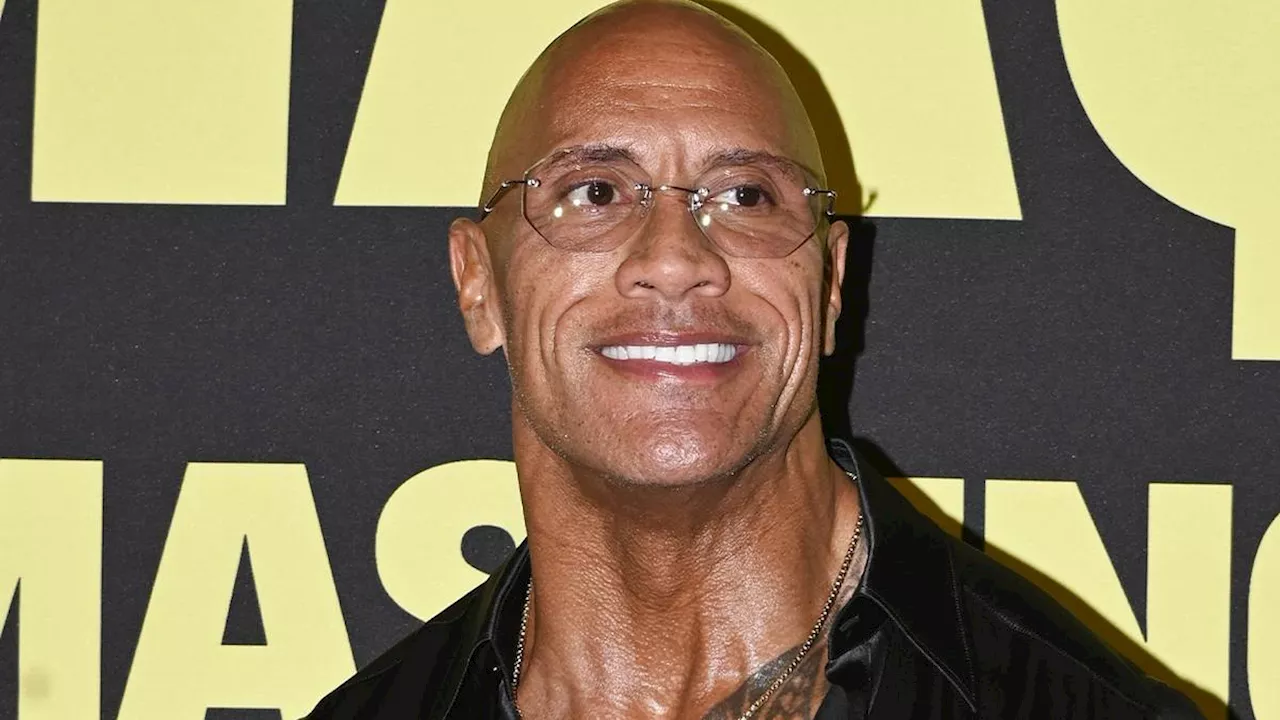Trump Raises Tariffs on India, Threatening Russian Oil Economy

President Donald Trump has intensified economic pressure on India by imposing an additional 25 percent tariff on imports from the country. This decision follows India’s continued importation of oil from the Russian Federation. The new executive order, signed on October 4, 2023, raises the overall tariff on Indian imports to 50 percent.
In remarks preceding the order, Trump stated that India’s purchase of Russian oil contributes to what he termed “the war machine” in Ukraine. He warned, “If they’re going to do that, I’m not going to be happy,” emphasizing his administration’s commitment to challenging countries that support Russia amid its ongoing conflict with Ukraine.
The implications of these tariffs extend beyond bilateral trade. According to research by Oxford Economics, imposing secondary tariffs on nations purchasing Russian oil could plunge the Russian economy into a severe recession. Analysts suggest that such sanctions would significantly diminish Russia’s oil exports, weakening the Russian ruble and placing further strain on the Central Bank of Russia (CBR).
The CBR may be compelled to lower interest rates from its current rate of 18 percent, a move aimed at stimulating economic activity. Yet, with the prospect of secondary tariffs looming, economists warn that recovery could be jeopardized. Tatiana Orlova, an emerging markets economist at Oxford Economics, noted, “The CBR has much less room for shoring up the foreign exchange market with rate hikes.”
As Trump’s envoy, Steve Witkoff, met with Russian President Vladimir Putin in the Kremlin, the urgency of these discussions became evident. The meeting coincided with a deadline for Russia to agree to a ceasefire in Ukraine. Ukrainian President Volodymyr Zelensky has stated that negotiations will only be feasible if Russia’s military funding is curtailed.
Russia’s economic situation is precarious, as evidenced by a surprising contraction of 0.6 percent in the first quarter of 2023. Orlova indicated that ongoing sanctions could further constrict Russia’s financial resources, stating, “If Russia’s earnings from exports of oil and other commodities are hit with more ‘biting’ sanctions, it will be left with hardly any room for fiscal stimulus to support flagging growth.”
The potential for increased tariffs has raised concerns over global oil prices, which could surge to as much as $100 per barrel from the current price of approximately $67. A report from Capital Economics highlighted that secondary tariffs would lead to higher global energy prices, affecting not only oil but also natural gas markets.
Countries in Europe, particularly the United Kingdom, are at risk due to their reliance on natural gas, which accounted for over a quarter of the UK’s total energy consumption in the year leading up to April 2023, according to National Grid data.
Economists at Oxford Economics have suggested that nations like China and India could face pressure to pivot towards purchasing U.S. energy exports, following a similar arrangement made by the European Union. This shift could influence geopolitical dynamics, potentially encouraging Russia to consider ceasefire negotiations.
In recent developments, Trump has signaled a willingness to strengthen ties with Ukraine, agreeing to provide $200 million in military aid. This move follows comments from former Russian President Dmitry Medvedev, who criticized Trump for his stance, accusing him of “playing the ultimatum game.” Kremlin spokesperson Dmitry Peskov downplayed the significance of Trump’s military assistance.
As the situation evolves, the interplay between tariffs, international diplomacy, and energy markets will continue to shape the economic landscape for Russia, India, and the broader global community.






